Brass alloys offer a unique combination of material attributes, including excellent machinability, high scrap value, exceptional electrical and thermal conductivity and good strength and ductility, all while remaining non-magnetic and corrosion resistant. Brasses are therefore widely used in numerous industries, including plumbing, automotive, machinery, electrical and electronic, aerospace and medical. From a production standpoint, it is widely known among manufacturers that adding small amounts of lead to brass, aluminum and steel alloys greatly improves machinability by lubricating cutting tools and enabling free-flowing chips.
As the negative health effects of lead have become clearer over the last several decades, however, governments around the world have introduced regulations that restrict lead content in materials and products used in sensitive applications, such as components for drinking water systems. Therefore, understanding current and future “lead-free” regulatory compliance requirements is an important task for both producers and users of brass.
In response to lead regulations, brass rod producers proactively developed new lead-free alloys that do not use lead as an intentional alloying element. These materials include binary alloys (copper and zinc only) and tertiary alloys which substitute lead with different machinability-enhancing elements, such as silicon. Overall, these material innovations give manufacturers plenty of options to comply with lead regulations while continuing to capitalize on the high machinability and scrap value of brass, as well as the other advantageous properties of the material.
Understanding complex and evolving lead regulations can be a daunting endeavor for brass supply chain partners. Recognizing this, the Copper Development Association (CDA) developed a series of concise guidance documents that answer frequently asked questions regarding lead-free compliance requirements for US and European markets. These resources are available for download at the links below.
- North American Drinking Water Applications
- European Drinking Water Applications
- Drinking Water Lead Regulations – Impact on the Brass Value Chain
- European Restriction of Hazardous Substances Directive (RoHS)
- European End-of-Life Vehicle Directive (ELV)
- European Registration, Evaluation, Authorisation and Restriction of Chemicals Regulation (REACH)
After identifying the right alloy for the job, manufacturers must consider the different properties and compositions of lead-free brasses and adjust their machining parameters and scrap handling practices accordingly. In general, lead-free brasses are more difficult to machine than their free-cutting, leaded brass counterparts. Fortunately, high-speed machining is an effective strategy that manufacturers can employ to optimize production with harder-to-machine materials.
For example, new research published in Modern Machinery Science Journal demonstrated that the machinability of several common lead-free brasses improved significantly at higher metal removal rates. Given these results, some machining challenges associated with lead-free brasses can be mitigated with faster and more powerful machine tools. Regardless of the material, investing in new high-speed machine tools provides manufacturers with exciting opportunities to increase productivity and profitability.
While lead regulations have changed how some manufacturers approach brass, it has ultimately created a system that encourages innovation and the development of new and exciting brass alloys with enhanced properties. Today, manufacturers have more options than ever to leverage the productivity, recyclability and versatility of brass for their own part-production operations. Moreover, the brass industry is committed to providing practical, concise and up-to-date guidance for supply chain partners to help them navigate an evolving regulatory landscape in the global market.


Recent Comments